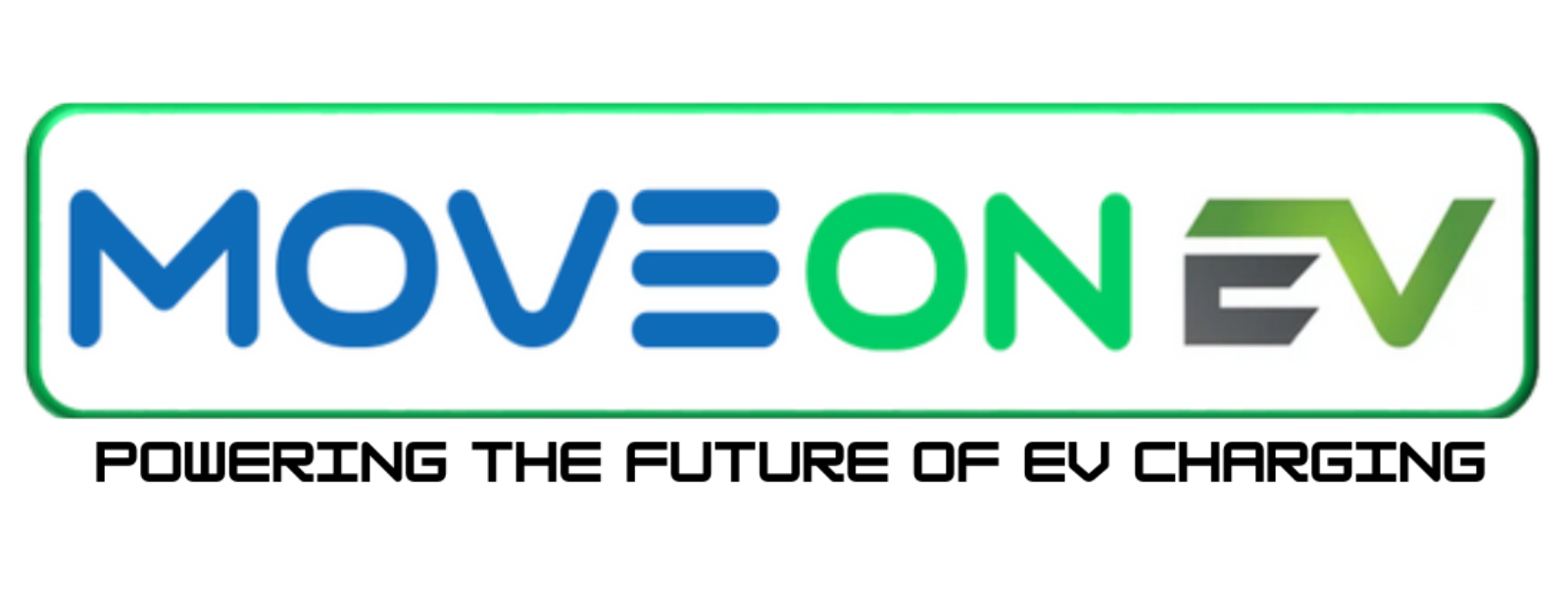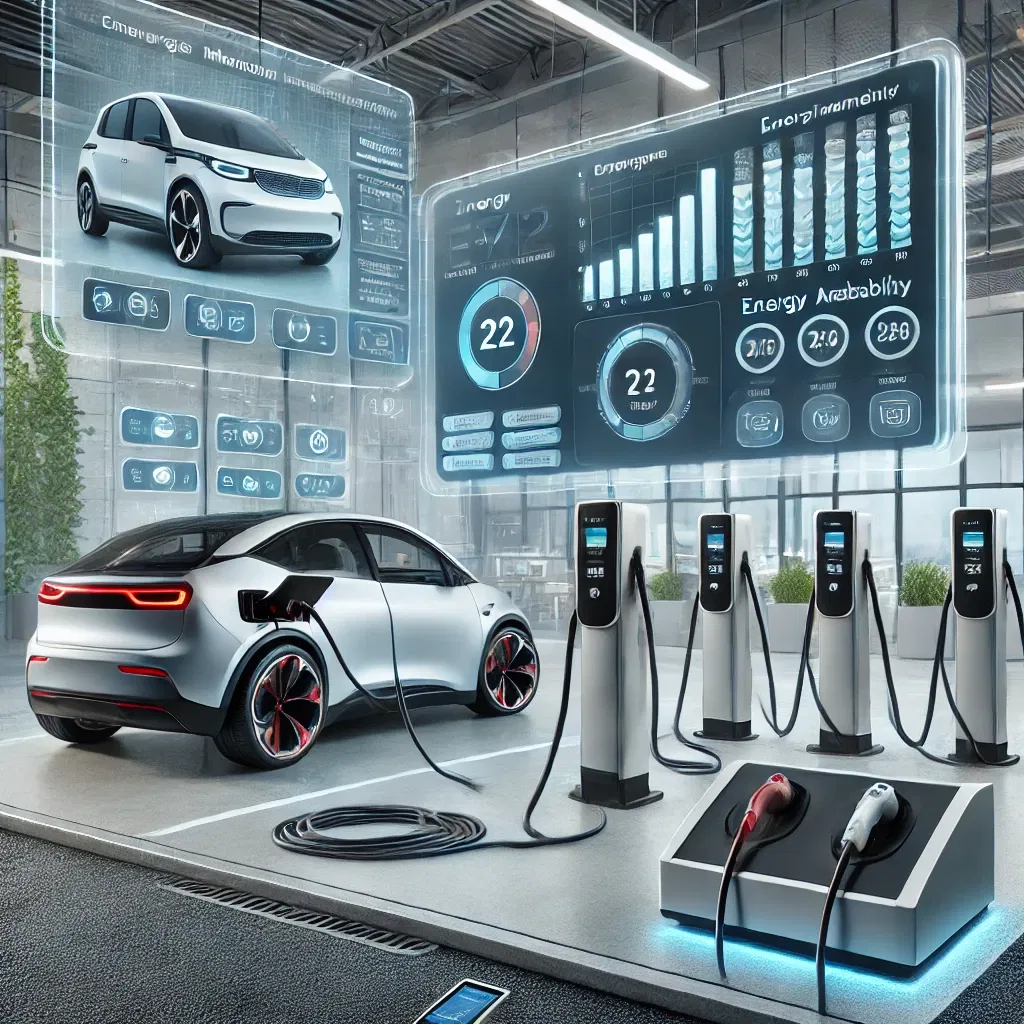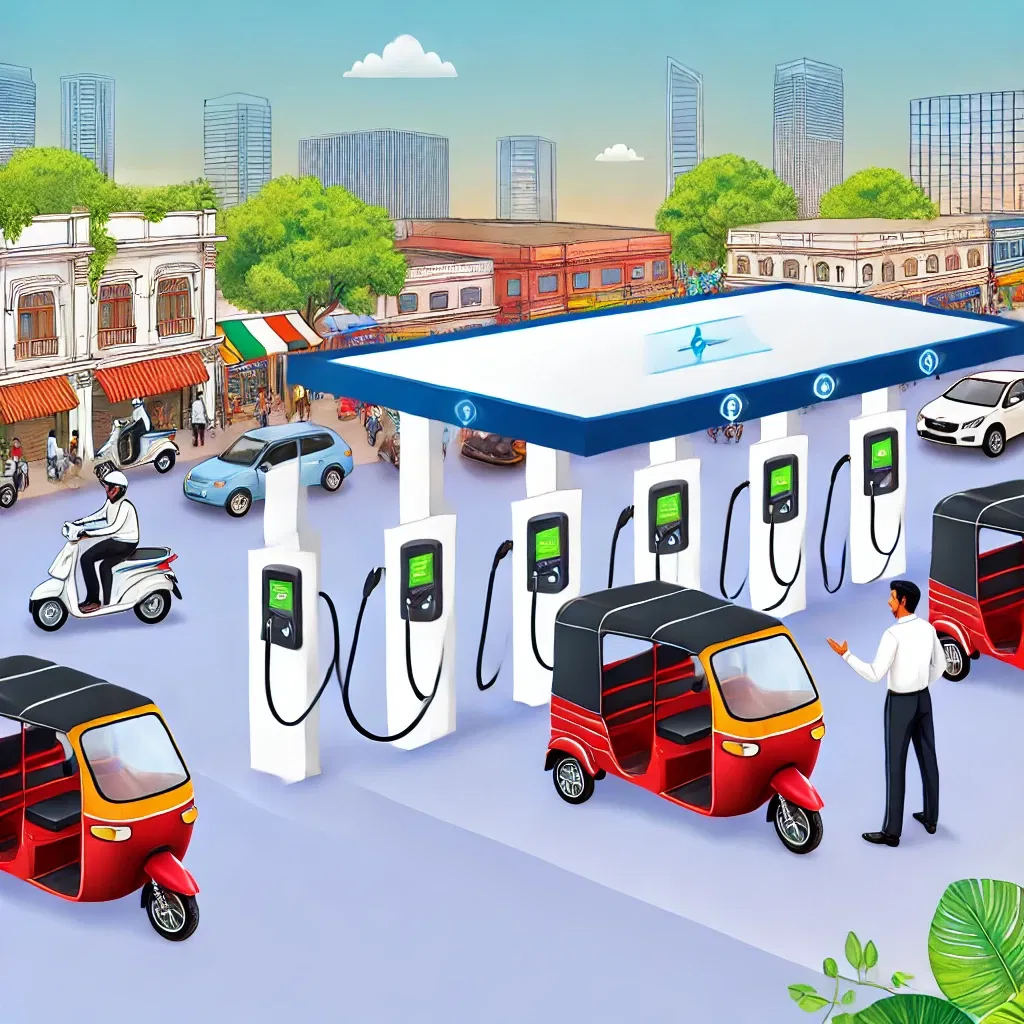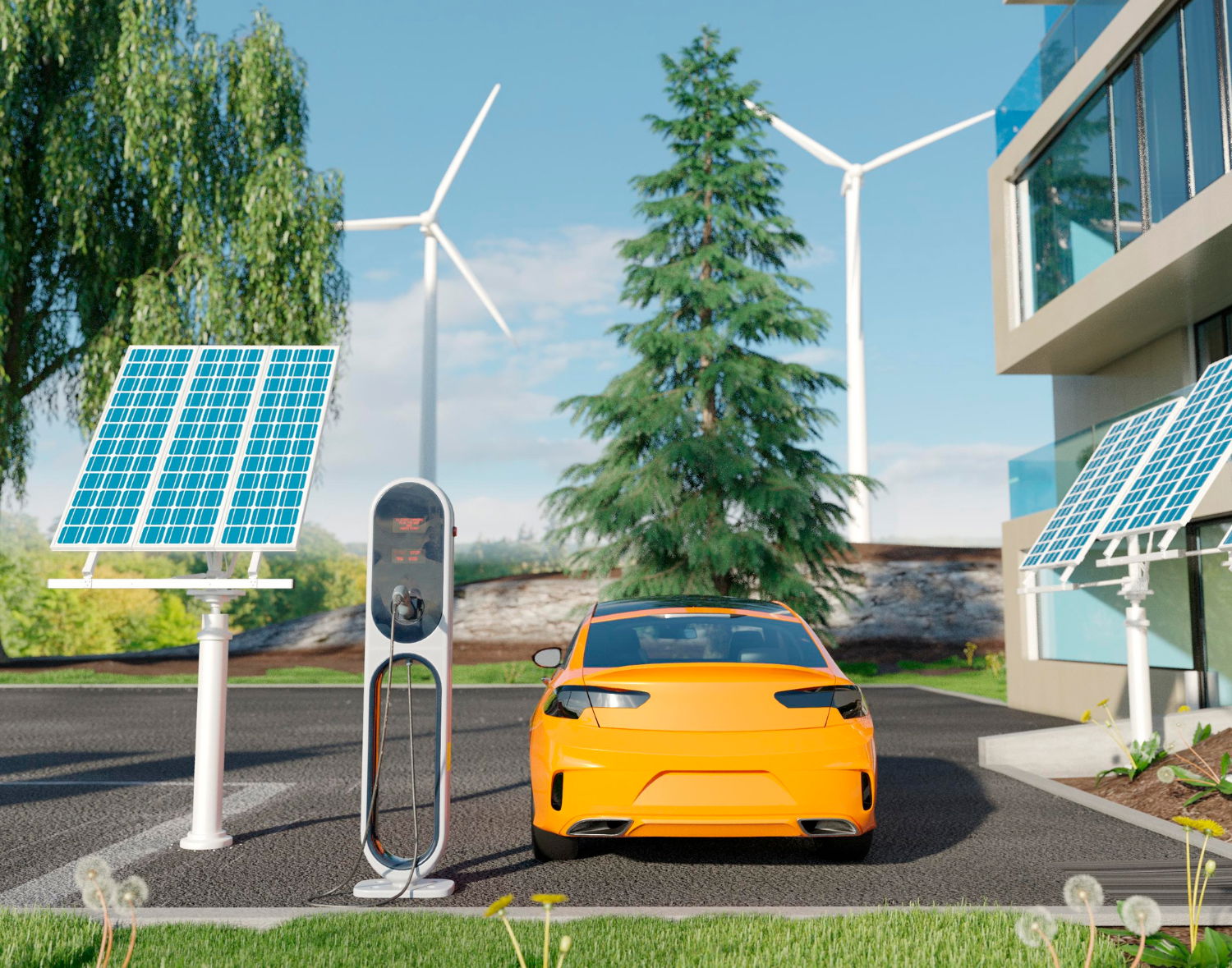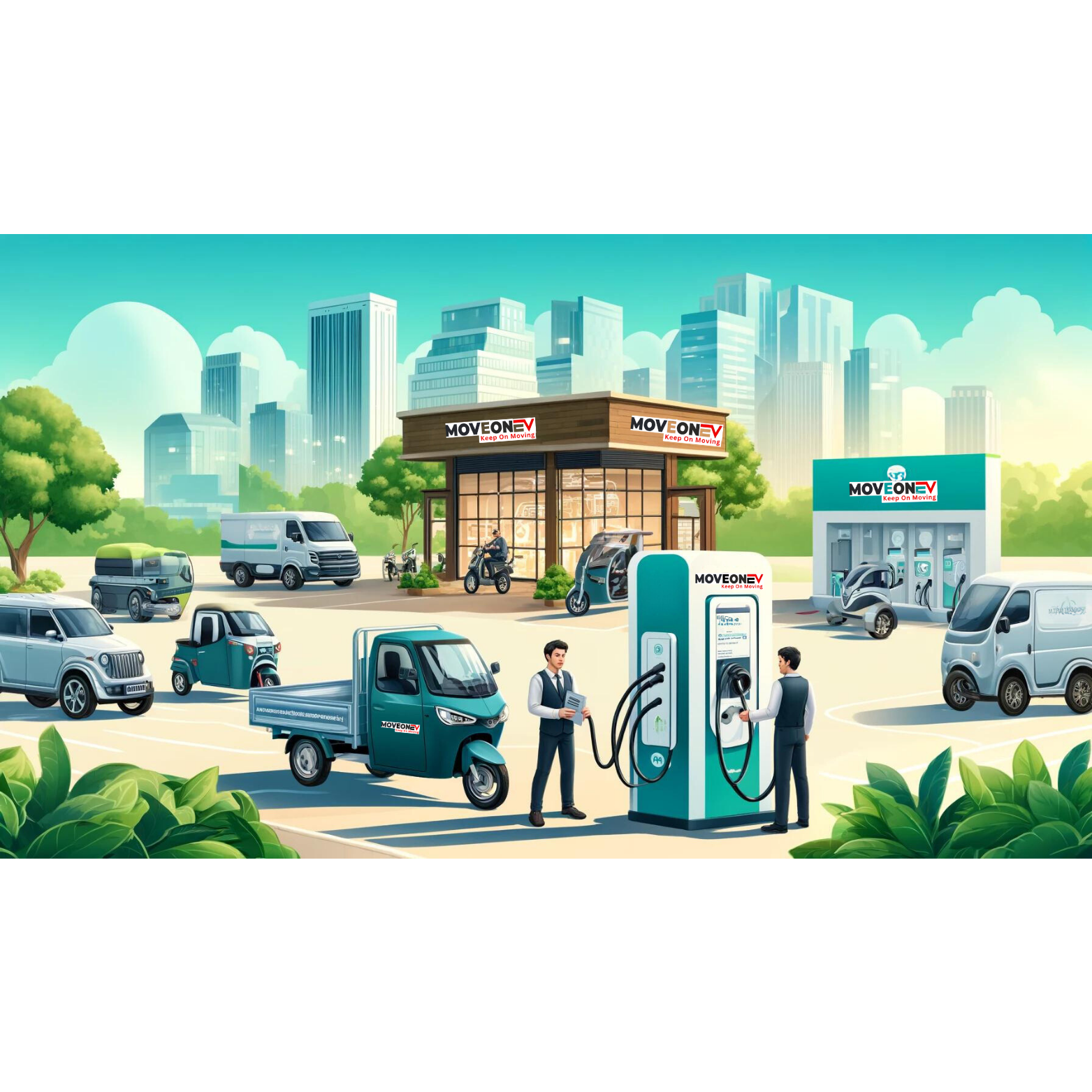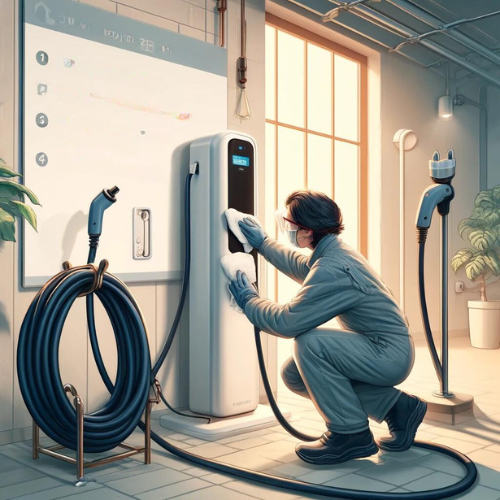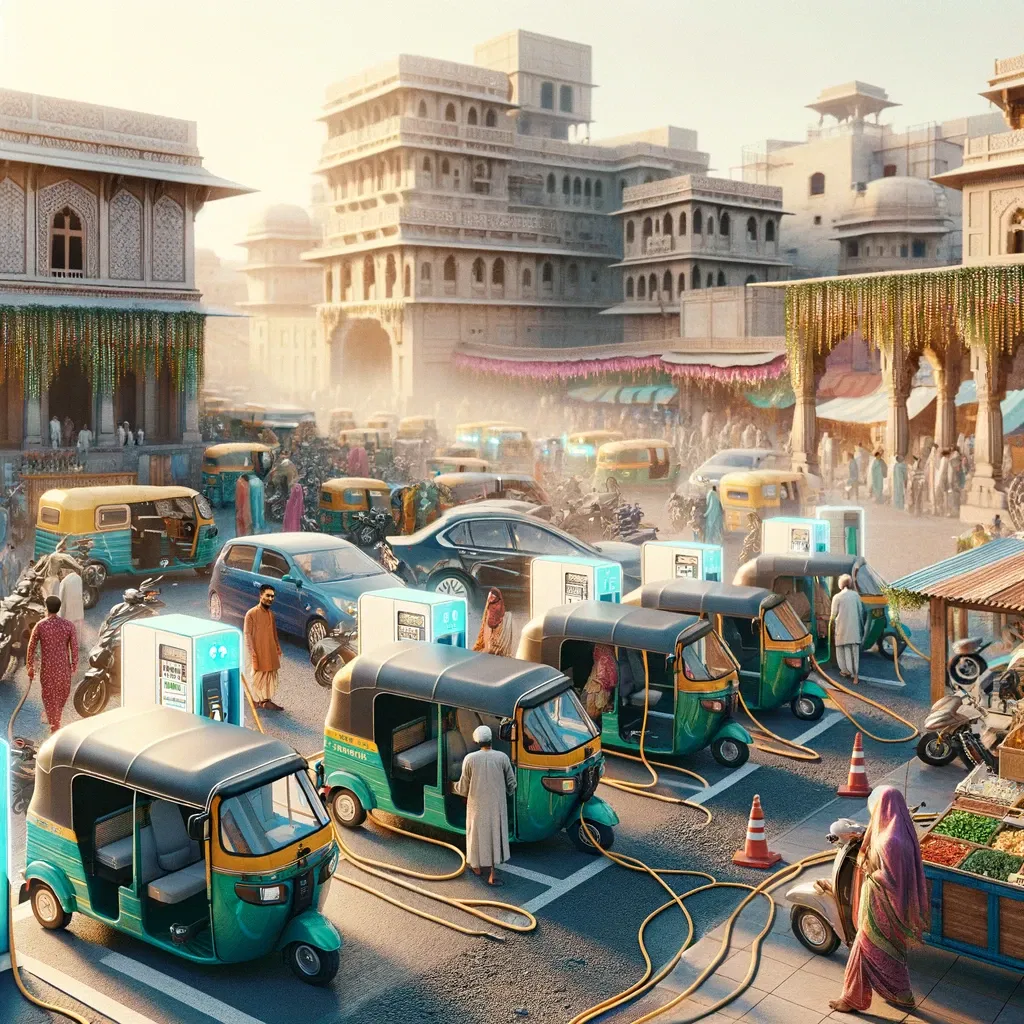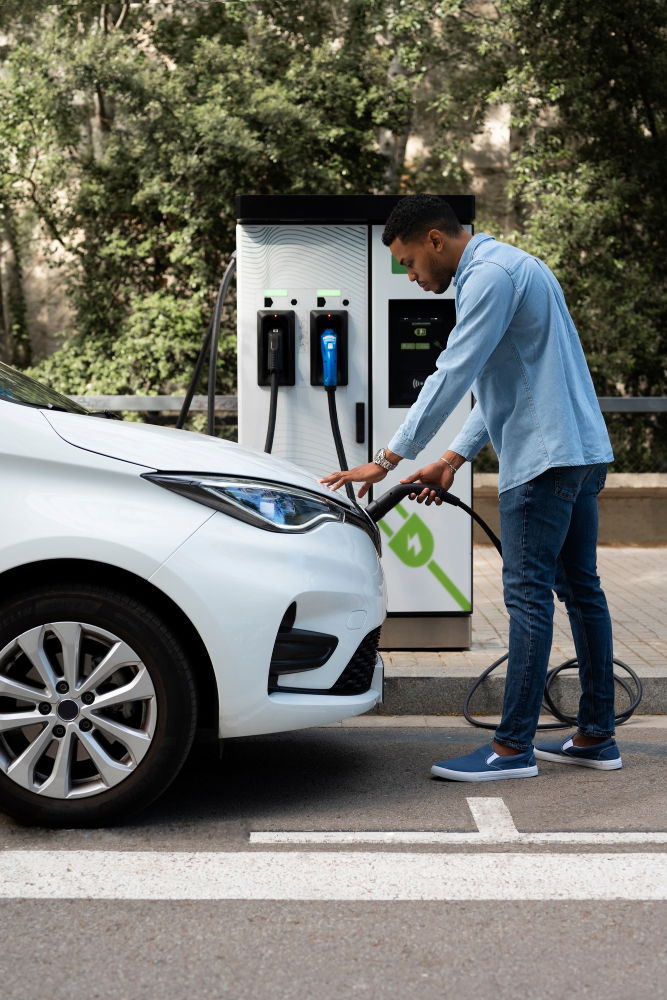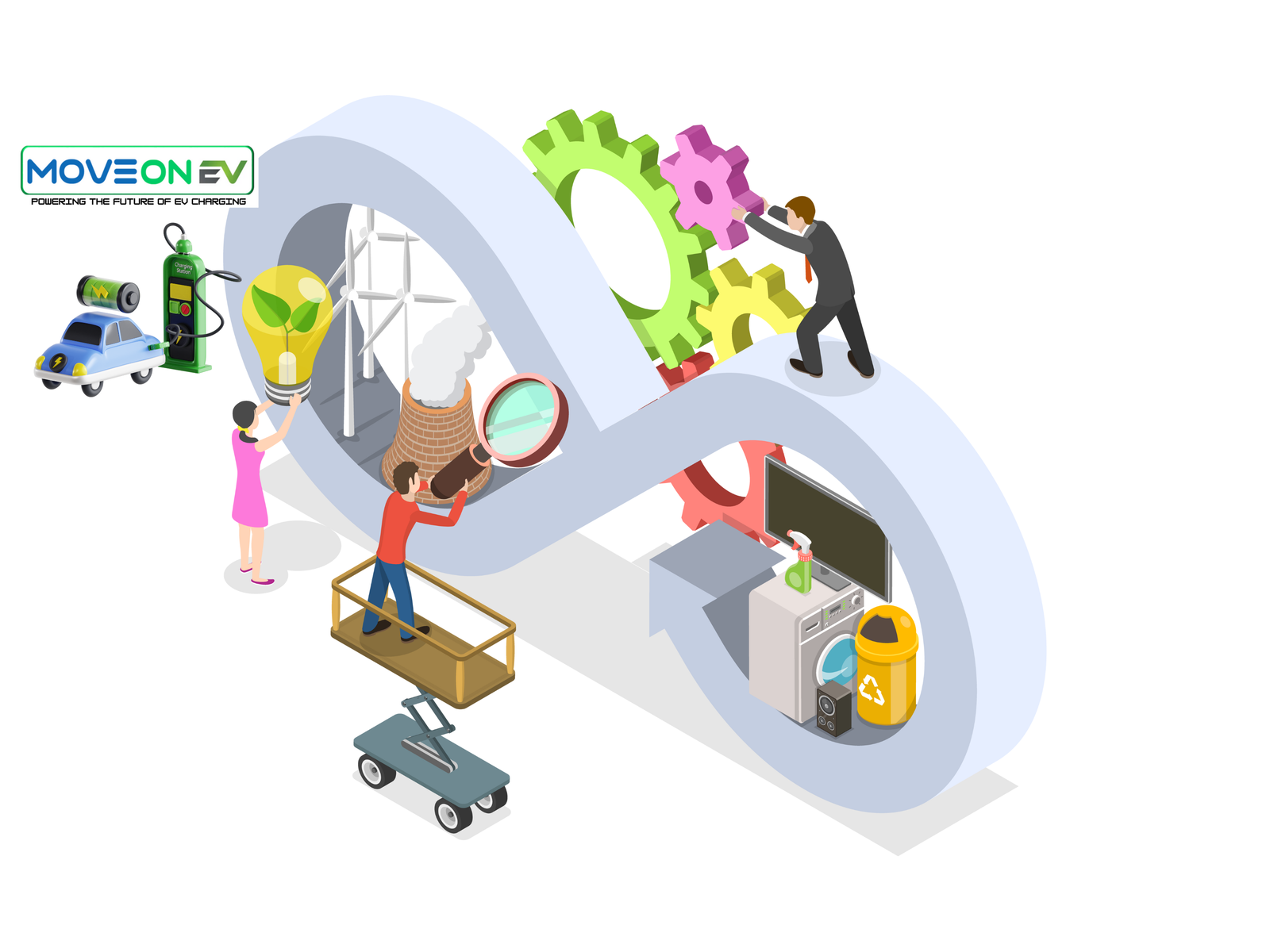
MoveonEV: Building a Sustainable Future
As the world shifts towards sustainability and eco-friendly solutions, electric vehicles (EVs) are emerging as a pivotal force in reducing our reliance on fossil fuels. However, the growing adoption of EVs introduces a new challenge — how do we power these vehicles in a truly sustainable way? The energy that fuels electric vehicles should come from renewable and sustainable sources to maximize their environmental benefits. This is where MoveonEV comes in, not just with an innovative EV charging solution but also by introducing a groundbreaking approach to creating a cyclic energy ecosystem through waste-to-energy technology.
The Problem: Limited Sustainable Energy for EVs
The rapid adoption of EVs, especially in emerging markets like India, has highlighted the need for a scalable and sustainable charging infrastructure. While EVs are seen as a solution to reduce carbon emissions, they still depend heavily on electricity, which in many regions is generated from non-renewable sources such as coal and natural gas. This creates an inconsistency — while EVs reduce emissions at the point of use, their environmental benefits can be undermined by the carbon-intensive methods used to generate the electricity they run on.
In parallel, waste management is another major issue that urban areas face. Landfills are overflowing, and traditional waste disposal methods contribute to environmental pollution and health risks. This vast and largely untapped resource — waste — holds tremendous potential if processed correctly.
The Solution: MoveonEV’s Cyclic Energy Ecosystem
MoveonEV is addressing these two critical issues by creating a closed-loop, cyclic energy ecosystem that converts waste into electricity, which is then used to power EV charging stations. This innovation not only solves the problem of clean energy generation for EVs but also tackles the massive issue of waste management, effectively killing two birds with one stone.
How MoveonEV’s Cyclic Energy Ecosystem Works
MoveonEV’s solution centers on combining waste-to-energy (WTE) technology with electric vehicle charging infrastructure. Here’s how it works:
1. Waste Collection
MoveonEV deploys electric vehicles to collect mixed and unsegregated waste from municipal areas, industries, and commercial zones. These EVs are powered by MoveonEV’s existing charging infrastructure, making the entire waste collection process carbon-neutral.
2. Waste Processing and Conversion
Once the waste is collected, it is transported to MoveonEV’s Waste-to-Energy (WTE) plants. These plants are equipped with reactors and technology that can process unsegregated waste, converting it into reusable energy forms such as electricity, gas, oil, and coal. The processing plants operate continuously (24/7) to ensure a steady supply of energy.
Importantly, the waste processing technology used by MoveonEV is designed to handle mixed waste, meaning it doesn’t require extensive pre-sorting. This drastically reduces the operational complexity and increases efficiency. However, the composition of the waste is still assessed to estimate the output of usable products (electricity, gas, oil, coal) accurately.
3. Electricity Generation
The gas and oil produced from the waste conversion process are used to generate electricity. This electricity is then fed directly into MoveonEV’s EV charging stations, creating a closed-loop system where waste is transformed into energy, which in turn powers the vehicles that help collect more waste. This cyclic process reduces dependency on the traditional power grid, making the entire energy ecosystem far more sustainable.
4. EV Charging Infrastructure
MoveonEV operates a network of EV charging stations that are designed to cater specifically to three-wheelers, a segment often overlooked in the EV ecosystem. These charging stations are powered by the electricity generated at the WTE plants. Additionally, MoveonEV’s proprietary Charging Management System (CMS) ensures that the energy usage is optimized, making it easy for users to monitor and manage their charging needs via a mobile app.
This system not only provides a sustainable source of energy for EVs but also ensures that waste, a significant environmental problem, is put to good use.
The Benefits of MoveonEV’s Cyclic Energy Ecosystem
1. Sustainable Waste Management
By converting waste into energy, MoveonEV helps address the growing waste crisis in urban areas. This approach reduces the reliance on landfills and incineration, which can be harmful to the environment. Instead of waste piling up, it becomes a valuable resource for energy generation.
2. Clean Energy for EV Charging
MoveonEV’s EV charging stations are powered by renewable energy generated from waste. This ensures that electric vehicles can be truly zero-emission, as their energy source is no longer reliant on coal or other non-renewable energy.
3. Closing the Loop: A True Circular Economy
The waste-to-energy-to-vehicle loop creates a cyclic economy where waste is continually transformed into usable resources. This model maximizes resource efficiency, minimizes environmental impact, and supports a sustainable future.
4. Economic Opportunities
By integrating waste management with energy production, MoveonEV is also creating new economic opportunities. Waste, which is often seen as a liability, becomes a revenue-generating resource. Governments, businesses, and municipalities can benefit from improved waste management and the creation of new energy resources.
Scaling the Impact: What’s Next for MoveonEV
MoveonEV’s innovative model is set to expand in India and beyond. By partnering with local governments, logistics providers, and businesses, MoveonEV aims to scale its waste-to-energy-powered EV charging network across more cities. This model has the potential to not only improve urban mobility but also transform the way waste is managed on a global scale.
MoveonEV is also exploring ways to further enhance the efficiency of its waste-to-energy plants, integrate solar power into its charging stations, and create additional applications for the by-products (coal, gas, oil) generated from waste processing.
Conclusion
MoveonEV is leading the way toward a more sustainable, integrated approach to energy and transportation. By closing the loop between waste management and EV charging, the company is creating a future where our cities are cleaner, our energy is greener, and our transportation is truly sustainable. With its innovative cyclic energy ecosystem, MoveonEV is not just powering electric vehicles; it’s powering a better tomorrow.
Stay tuned as MoveonEV continues to expand and revolutionize the way we think about waste, energy, and electric vehicles. The future of sustainable transportation is here, and it’s built on a foundation of clean, renewable energy — sourced from the very waste we discard.
